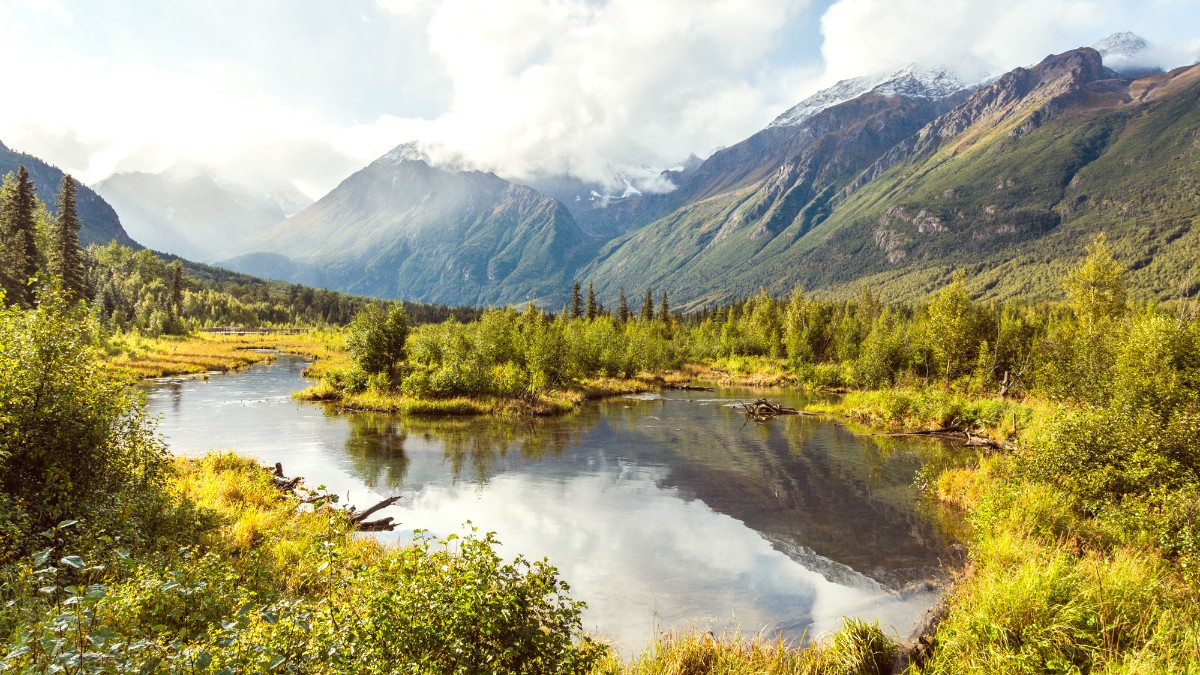
The Southwest, Bolivia
These are the must-see sites that define the Uyuni experience. The Salar de Uyuni, the world's largest salt flat, formed from prehistoric lakes, offers a vast expanse of white salt with hexagonal patterns.
Incahuasi Island, a "fish island" of petrified coral covered in giant cacti, stands in the middle of the salt flat. The Train Cemetery just outside Uyuni town showcases abandoned 19th-century steam locomotives, relics of Bolivia's mining past.
Train Cemetery: Best visited early morning or late afternoon to avoid crowds and for softer light.
Coquesa Mummy (on Tunupa Volcano slopes): A mummified corpse offering insight into ancient burial practices. Pukara de Ayque: Pre-Columbian ruins (a fortress) near Ayque village.
Uyuni town has some colonial-era architecture, but it is not a major draw compared to cities like Potosí or Sucre.
Small local churches exist, but no major religious pilgrimage sites are present.
The Train Cemetery is the most prominent industrial heritage site. The history of salt extraction holds significant industrial importance in the region.
The true stars of the Uyuni region are its incredible natural wonders, offering diverse landscapes and unique wildlife.
This vast protected area south of the salt flats features Laguna Colorada (red lake with flamingos), Laguna Blanca, Termas de Polques (hot springs), Dali Desert, and Sol de Mañana Geysers.
A dormant volcano on the northern edge of the Salar de Uyuni, offering hiking opportunities and panoramic views of the salt flats. Some tours visit this site.
Look for llamas, alpacas, vicuñas, viscachas (rabbit-like rodents), and occasionally foxes in the high-altitude plains.
The salt crust itself is an unique geological formation, offering a surreal landscape.
Subterranean water springs where water bubbles up from beneath the salt crust.
An active geothermal field with bubbling mud pools, active fumaroles, and steam vents.
A stunning red-hued lake due to algae and minerals, featuring large populations of pink flamingos (James's, Andean, and Chilean flamingos).
Natural thermal pools where visitors can bathe. A refreshing stop along the tour route through the reserve.
A distinctive rock formation eroded by wind and sand into the shape of a tree, found within the Dali Desert.
Beyond the main tour circuit, some less-visited spots and unique photo opportunities await exploration.
The expansive landscape of Uyuni naturally lends itself to spectacular photography, from surreal reflections to star-filled skies.
Utilize the vast flat salt for creative forced perspective shots, or capture the magical mirror effect during the wet season. The remote location also makes for incredible night sky and astrophotography.
These opportunities are what many travelers come to Uyuni to experience and capture.
Beyond the flat salt, other natural features provide distinctive photographic settings.
The varied ecosystems throughout the region offer fantastic opportunities to photograph local fauna in their natural habitat.
While beautiful, photography in Uyuni presents unique challenges due to environmental conditions and logistics.
The Salar de Uyuni and the Eduardo Avaroa Reserve offer vast landscapes, unique geological features, and rare wildlife.
Historical sites like the Train Cemetery and glimpses into local communities add depth to the visit.
The diverse scenery provides endless opportunities for unique and memorable photographs.
Uyuni and its surrounding attractions are at very high altitudes. Acclimatize in a lower-altitude city like La Paz or Sucre before arriving. Stay hydrated and avoid strenuous activity on your first day.
Temperatures swing wildly between day and night. Pack layers, including warm clothing, hat, gloves, and sunglasses. Sunscreen is also a must.
For safety and enjoyment, select a well-regarded tour company. Research reviews and confirm inclusions and safety measures. Consider GetYourGuide for pre-booking options with reviews.
Carry sufficient Bolivian Bolivianos (Bs.) for entrance fees, tips, and any purchases. ATMs outside Uyuni town are non-existent.
Leave no trace. Carry out all trash, and respect the fragile environment, especially in protected areas like the reserve.
Uyuni town is compact and walkable. For attractions outside the town, 4x4 vehicles are the main mode of transportation.
While tours generally stick to established routes, the sheer vastness of the Salar means you often find your own "secret" spot away from other groups, especially during less busy times.
For more unique perspectives or to avoid crowds, consider scheduling your visit during the shoulder seasons (April-June, October-November).